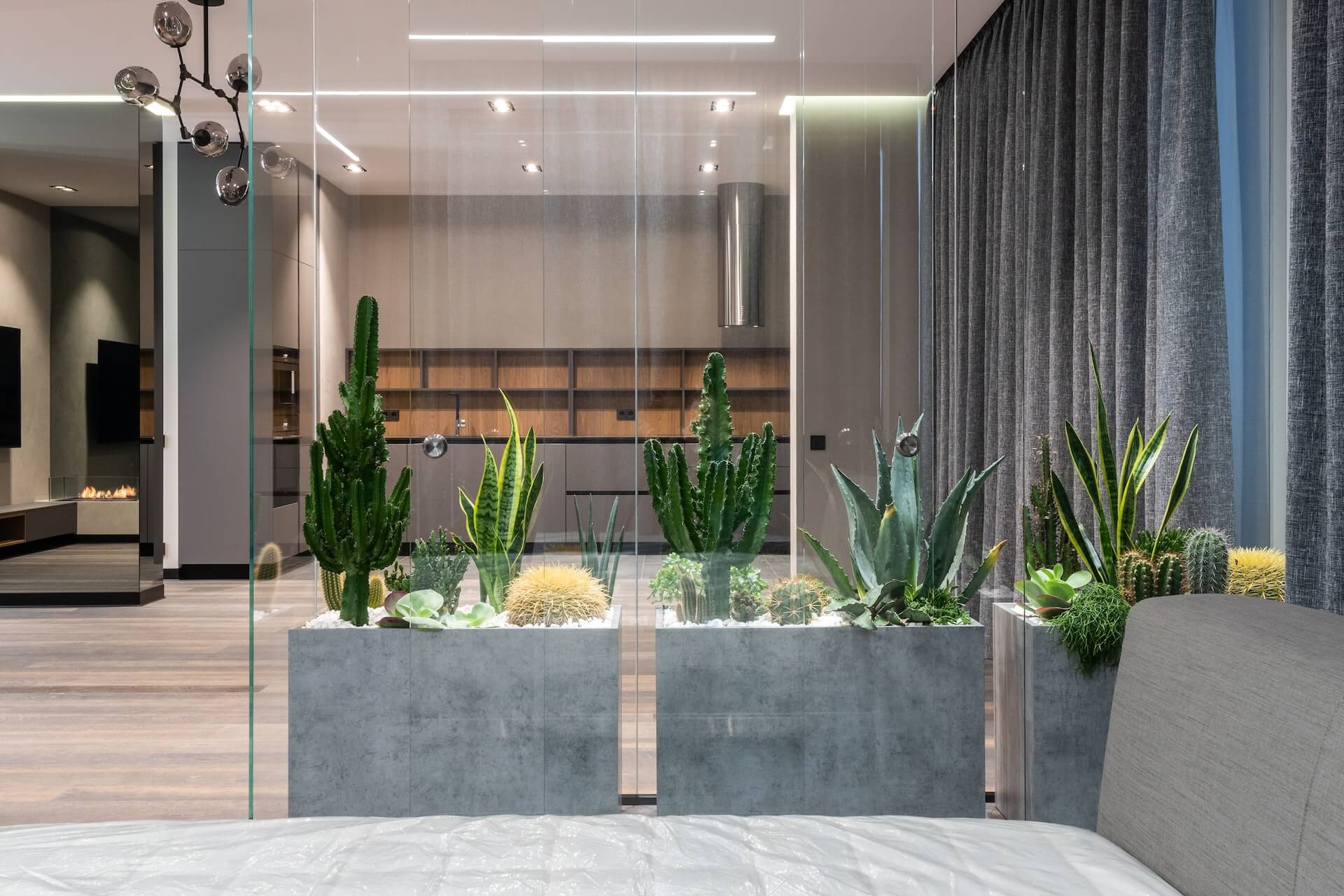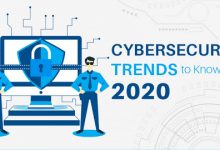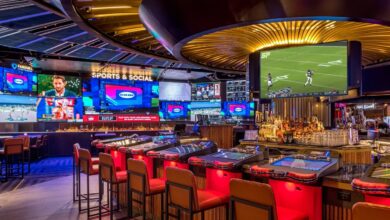9 Tips When Dealing with CAM (Common Area Maintenance) Charges

As a tenant leasing commercial space, few aspects of your occupancy costs will be as confusing and frustrating as Common Area Maintenance (CAM) charges.
This opaque budget item on your monthly invoice covers your share of operating and maintaining common areas in the building and property. With landlords focused on recovering these expenses, tenants often feel powerless against continuously escalating CAM costs that dig into their bottom line.
However, with the right approach and preparation, you can take control of your CAM obligations. This article provides nine tips to help tenants deal with CAM charges effectively.
Tips When Dealing with CAM (Common Area Maintenance) Charges
1. Review the CAM Budget
Landlords should provide an annual CAM budget projecting operating expenses and the tenant’s share. Review it closely and ask questions. Is the budget in line with past years? Are there spikes in certain expenses? This allows you to anticipate and prepare for your likely CAM obligations.
Scrutinize the individual line items in the CAM budget. Look for sudden increases in costs like maintenance, administrative fees, or management costs. Ask the landlord to justify any unusual spikes. Additionally, verify that the budget doesn’t include capital expenses that should be excluded from CAM.
Review operating hours for the building to ensure they align with the budgeted utility and personnel costs. The more inquiries made upfront, the fewer surprises down the road.
2. Understand What CAM Charges Cover
So, what are CAM charges specifically? Common Area Maintenance (CAM) charges recover the landlord’s costs for operating and maintaining common areas of the property shared by all tenants, like lobbies, elevators, parking lots, landscaping, etc.
CAM may also include property taxes, insurance, and management fees. Knowing what’s included will help you evaluate if the charges are reasonable. A real estate lease administration tool can help you track CAM charges over the life of a lease.
It’s important to get a detailed breakdown of all the items that are covered under CAM. This can include daily operating costs like utilities, cleaning, waste management, and security, as well as periodic maintenance like HVAC repairs, parking lot re-paving, and lobby renovations.
The list can be extensive. Review it closely and ask the landlord to explain any ambiguous or questionable charges. Also, find out if any shared amenities like a gym or cafe are included in CAM or billed separately.
3. Check Historical CAM Charges
Request data on actual CAM expenses from the past 2-3 years. This shows if the landlord’s projections were accurate and provide insight into trends in CAM spending. Be wary if actuals have been significantly higher than budgeted.
Analyzing historical CAM data will reveal if the landlord has a habit of underestimating the budget. Check if they had to bill tenants for significant shortfalls. Make sure to look for patterns — are certain expenses rising faster than others each year?
Has the overall rate of CAM increase exceeded inflation? This information will give you a realistic picture of future CAM costs.
4. Negotiate CAM Cap Provisions
Include a CAM expense cap in your lease to limit how much your share of CAM can increase annually. A 5% cap is common. This prevents shocking CAM increases, though landlords may resist.
Push for the lowest CAM cap possible, as landlords often propose 10% or more. Indexing the cap to CPI is also an option to keep increases reasonable. Offer to extend your lease term if the landlord won’t agree to a lower cap.
If they include capital expenses in CAM, negotiate a separate cap for those. Accepting some CAM risk is worthwhile to get a desirable space or terms.
5. Examine Your Proportionate Share
Verify your share of CAM matches your proportion of the building’s total occupied square footage. Some leases incorrectly over-allocate CAM to certain tenants. You may be able to negotiate a lower percentage.
Don’t assume the landlord calculated your share correctly. Do the math based on your square footage as a percentage of total occupied space.
Many leases have peculiar ways of allocating shares that benefit the landlord. Carefully check the fine print for caps on CAM for certain tenants and other quirks that could improperly inflate your share.
6. Review the CAM Reconciliation Carefully
At year-end, landlords issue a CAM reconciliation comparing actual expenses to tenant payments. Scrutinize this statement for errors and improper charges. Don’t hesitate to question unclear or dubious expenses.
Reconciliations often include charges not budgeted for. Review supporting invoices and documentation for any questionable line items. Verify that the total expenses are tied to the amounts withdrawn from the CAM pool during the year.
Look for double payments, unrelated costs, and fees that exceed service agreements. If you find significant errors, request credits against future CAM payments.
7. Consider a CAM Audit
Most leases allow tenants to audit the landlord’s CAM records, often at the landlord’s expense, if overcharges exceed a certain threshold (e.g., 5%). Audits can identify billing errors and keep landlords accountable.
Even if you don’t go through with an audit, just reserving the right in your lease can motivate landlords to ensure CAM accuracy. For a large space, the cost of an audit may be worthwhile if it results in significant savings.
Pursue an audit if the reconciliation seems unfounded or you lack confidence in the landlord’s bookkeeping. Many audits turn up honest mistakes rather than willful overcharging.
8. Communicate About Building Operation Issues
Notify the landlord regarding potential CAM waste like excessive lighting, leaky pipes, or HVAC problems. While small, fixing issues helps control CAM expenses.
Maintain open communication with building management about any inefficiencies you notice in common areas. Politely point out things like lights left on overnight, leaky faucets in restrooms, or irregular heating/cooling.
Also, report any recurrent issues like elevators frequently out of service. Though your share of the waste may be minimal, collectively, it impacts CAM costs. A well-run building benefits everyone.
9. Leverage Your Tenant Rep
An experienced tenant representative can help you analyze CAM charges, negotiate better CAM provisions in your lease, and resolve any CAM disputes that arise during your tenancy.
Don’t try to navigate CAM on your own — retain a seasoned real estate advisor to represent your interests. They have the expertise to thoroughly evaluate CAM expenses, identify areas of concern in the lease, and negotiate the most favorable terms for your situation.
They can also handle interactions with the landlord to address any CAM discrepancies. A modest investment in a tenant rep provides invaluable support for controlling your occupancy costs.
Conclusion
While CAM charges are inherent to leasing commercial real estate, tenants have more ability to control their impact than many realize.
By being informed on what CAM covers, budgeting accurately, controlling utility costs, imposing reasonable caps on increases, periodically auditing expenses, and working with an advisor who understands CAM intricacies, companies can manage this occupancy cost.
Though the landlord sets CAM, astute tenants can influence their share through negotiation and diligence. With the right lease terms in place, open communication with building management, and expert guidance, CAM charges do not have to be a fixed burden.
Companies have options to mitigate the impact of CAM on their bottom line.









